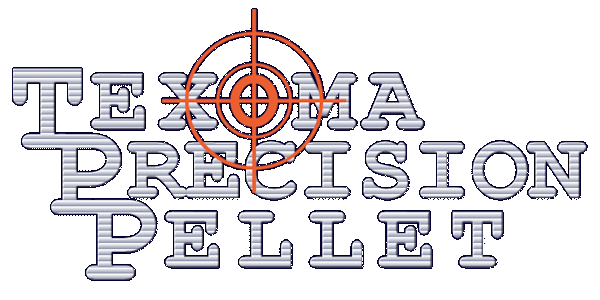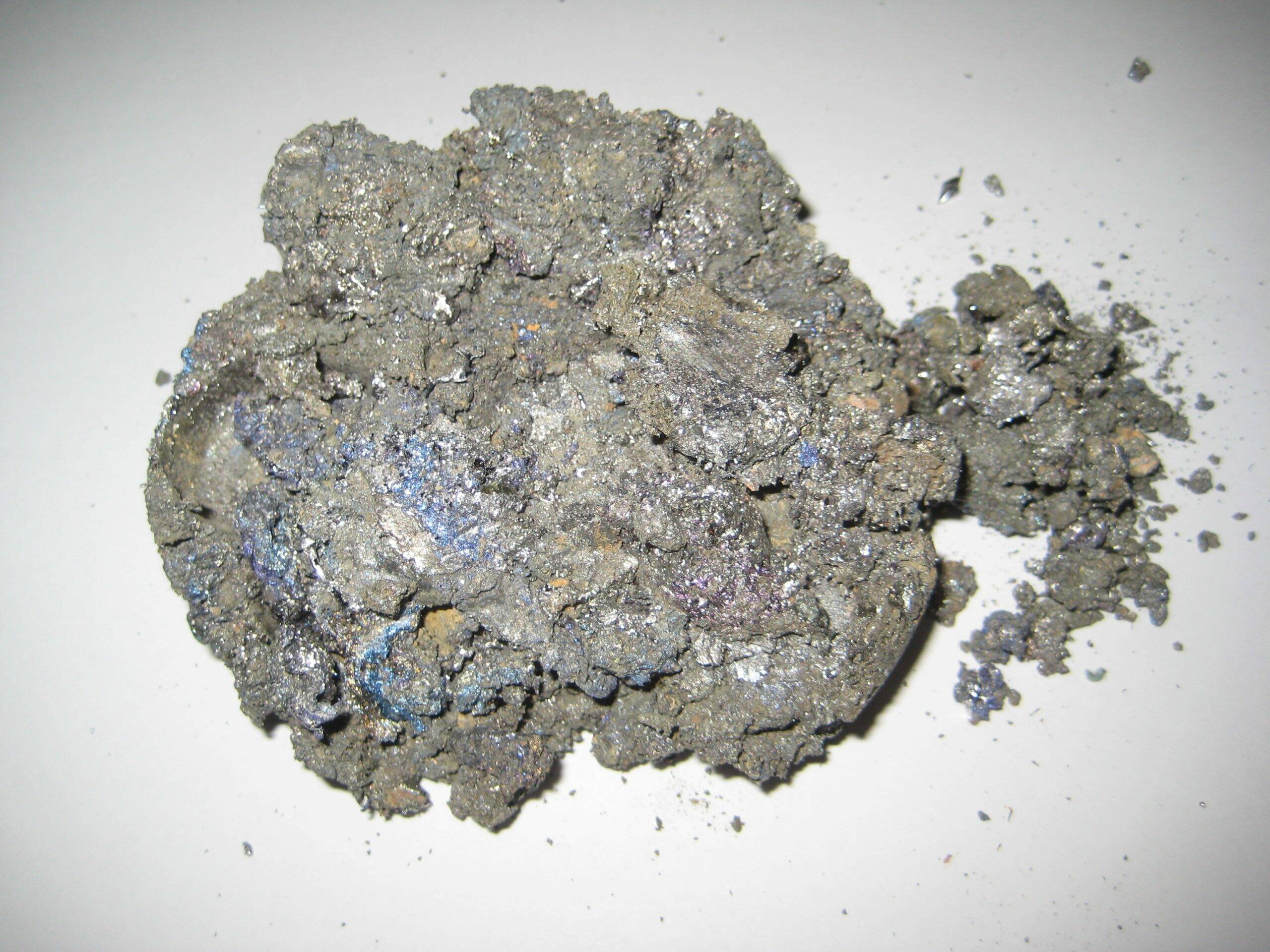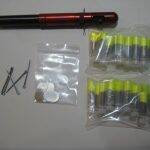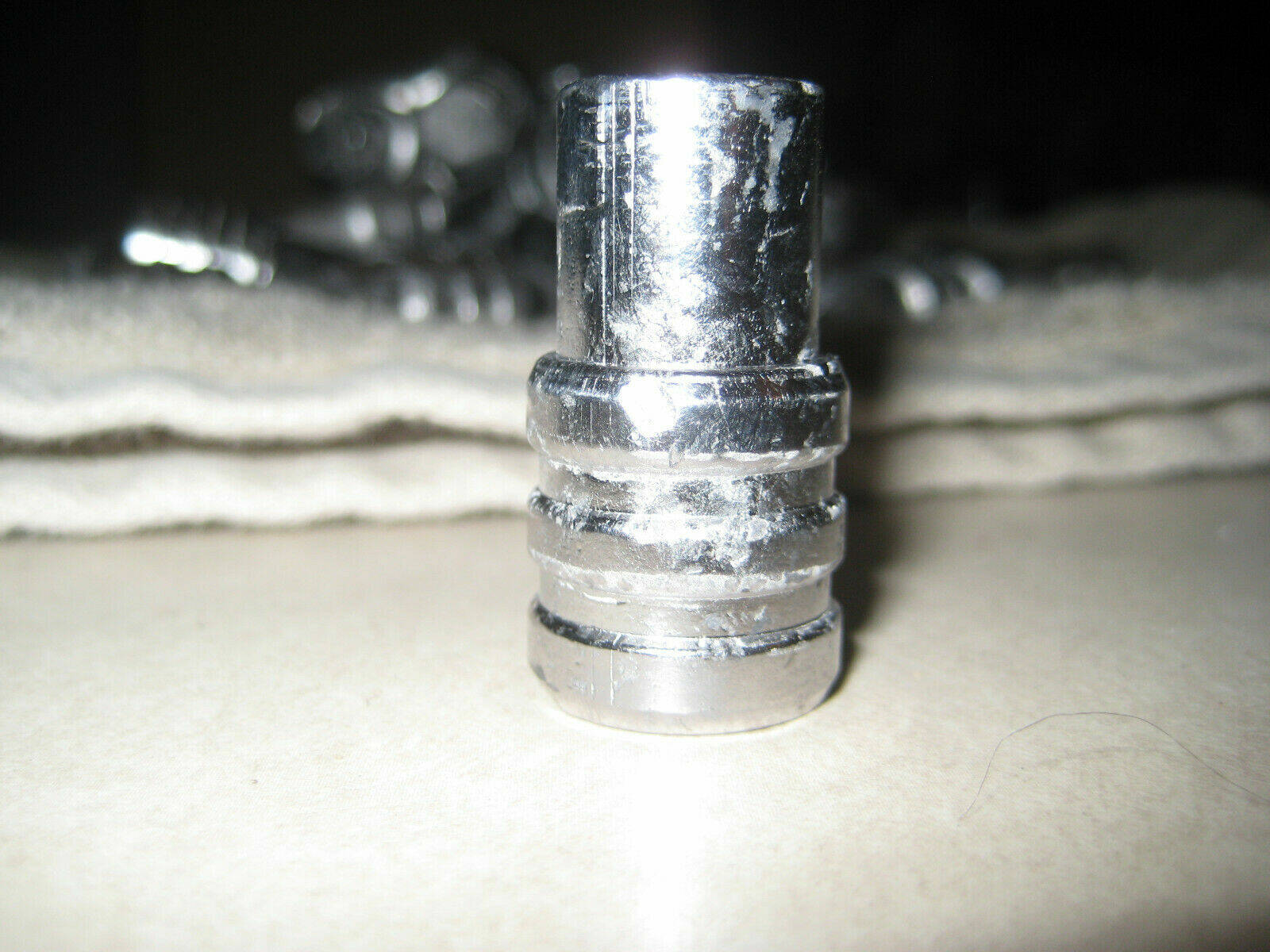Whether you are an end user or do a bit of your casting, I hope some of this information will be useful. For those who keep up with my videos, most of this has been gone over in them, but there will also be a little bit of new information. So, let’s begin:
Lead Quality seems to be lacking in the metals industry. I have no doubt that what ends up for medical use is probably refined to the point that it is basically pure lead for things like lead shielding, x-ray use, etc. The cover picture is a big lump of mixed metals with a little lead in it and antimony, tin, and other metals. I chose it as a cover because I bought it from RotoMetals with the promise that it is 99.9% pure, and that lump of metal came from 50 pounds of lead; it weighs one pound, seven ounces. One percent of the 50 pounds would be eight ounces, so a tenth of that would be under an ounce. That’s approximately 20 times more contaminants than promised. I will do a video soon where that lump of metal is melted and then examined with an XRF gun for exact metal alloy makeup. My results from Doe Run Metals were as bad, and they seemed to have a higher percentage of sulfur that stained my molds and smelled pretty bad. Run your lead as hot as you can and add flux to eliminate the contaminants.
Lead Hardness can be a very real problem for the end user. You have bought an expensive gun, and every forum, website, Facebook, and the like, give you opinions on who makes the best products. Ultimately, you should follow the manufacturer on what the gun should use, and I have not seen a manufacturer yet that says anything other than using soft lead pellets. A few days ago, I ran into a Bubba telling me it was fine to use jacketed bullets, hard lead bullets, and just about anything you can find; it worked fine for him. It reminds me of an old saying I heard in school about a million years ago, “All elephants are gray, but not all gray things are elephants.” The problem with his general statement was it may have actually worked for him and his one gun (Type unknown), but it has zero value on how these same hard and jacketed pellets will work in all types of air guns. An excellent example is the Bintac BW S45 and the Bintac BW S45 in 357. Technically, they are identical except for the bolt and barrel. So here is a little common sense. The one in 45 is very picky about the ammo it will feed and shoot without jamming. I am happy to say that my 155gr hollow skirt is one of the few. However, the same gun in 357 will feed and shoot just about anything in the 120gr-125gr range, even harder slugs. Given the same power (energy), the takeaway is that it can push a lighter slug better than it can push a heavy slug.
Testing Lead does not need an expensive tester or a bunch of training. Should you be interested in this topic, my recent video covered it very well. In a nutshell, buy a pencil with a 4B lead. The pencil will write on the lead that is harder than a Brinell 9. On a nine or softer lead, it will scratch it, which means that if this pencil can put a scratch on the pellet, it should be fine to use in your gun if it has been properly sized. If you choose to use lead alternative pellets, Brinell hardness applies to all metals; make sure it is soft enough for use in pellet guns.
Lead Safety should concern anyone shooting soft lead pellets with no coating, but it is probably not as bad as you think (Or as bad as California would have you believe). A few hundred years ago, lead was a seasoning on foods; 5 decades ago, kids were still playing with little lead figurines in rooms with lead in the paint. Ten or fifteen years ago, lead was used to sweat every piece of copper plumbing pipe. In your lifetime, you have probably encountered a fair amount of lead. I was a national trainer for a battery company for many years, and at our plants, the employees who worked, touched, and breathed the fumes from the manufacturing process were tested for lead exposure a couple of times a year. Their results were typically lower than the general public’s. They were conscious of not rubbing their face or eyes; they washed thoroughly before and after a restroom break, at mealtime, and at the end of their shifts. You should follow good hygiene practices; then, your only remaining worry about lead will be when it moves towards you at several hundred feet per second.



